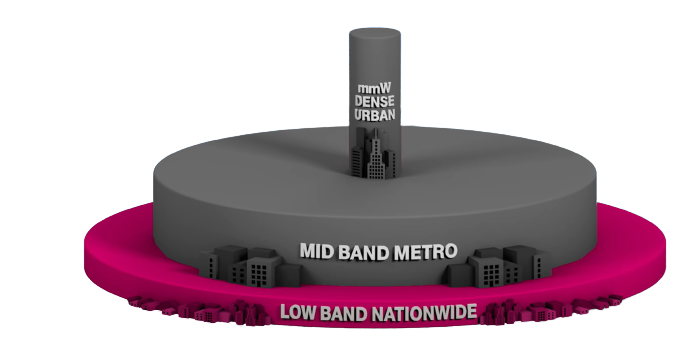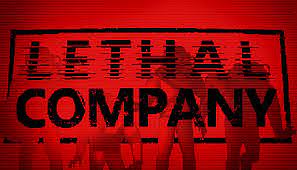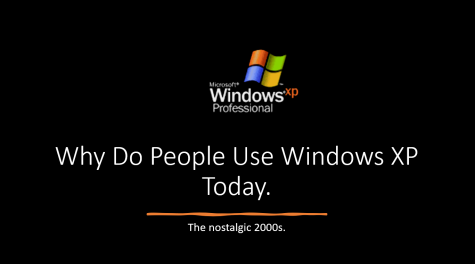What is 5G C-Band, Is it a BIG Deal?
Just recently here in the United States, cell phone carriers were able to switch on what is called C-Band 5G. Believe it or not, this is important. You may have heard of it in news outlets covering C-Band, but not acknowledging what it is. Just recently, it has become a big deal. You may have used 5G and despite all the carriers boasting about how great it is and how fast it is, you may have not noticed any significant differences. In fact, in some locations, 5G seemed to be even worse. But C-Band can be considered as “true 5G.” It is what people have been talking about at this time, and now consumers will receive depending on their phone carrier. Some consumers may even have it right now. This article will contain a comprehensive guide on cell frequencies, and what’s happening.
Cell Frequencies.
You may already be aware that cell phone companies cannot broadcast any frequencies they desire. Different ranges of frequencies are called Bands which are reserved for different purposes. For example, Wi-Fi at 2.4 GHz and 5 GHz are open so companies can make products that use those for whatever purpose. In contrast, certain brands are reserved for cell phone frequencies. Within those larger bands for different purposes, a company can also license a portion for their exclusive use. As a result, other companies must use other portions. This is to make sure that the spectrum isn’t too congested. When it comes to cell phone signals and transmissions, there are three main band regions. Low Band and Mid Band Metro are what most providers and individuals focus on. The Low Band is referred to as Nationwide. These are the long telephone transmissions. These are estimated to be in the 600 MHz to 1000 MHz radius. They can extend to approximately twenty miles. To put it simply, companies have long coverage. 1000 MHz to 2500 MHz are technically compared to being in this low band but are also technically in the Mid Band or High Band range.
The Mid and High Band are approximately 2500 to 6000 MHz, these extend as far as two miles per tower. It isn’t a short distance but is still decent coverage that serves several people. This is the larger C-Band that the media has been covering. The C-Band, as far as the FCC is concerned, is 3.7 to 4 GHz. This is the Mid Band. The other range that transmits at an extremely high frequency is the Millimeter Wave. Which translates to at least 24 GHz or more. However, this has a noticeably short range. Which can be a couple of hundred feet if you’re lucky.
The takeaway from this is that lower frequencies and longer wavelengths can cover a longer range. So, the Nationwide Low Band has extremely far coverage. However, that means it will have lower speed capabilities. Up until now, 5G used the same low bands. Even though it was a new protocol, there were some efficiency improvements, lower frequencies were still being used. This meant that there was a cap on transmission speeds. Therefore, you may have not noticed a difference in speeds, but this is because of the use of Long-Range, but lower-speed Bands. However, in addition to the low band with the development of 5G, enterprise companies did start building Millimeter-Wave towers, which are where you get those high-speed benchmarks. These are from short-range but high-frequency towers. Which is something 4G did not have. However, the majority of people will not encounter millimeter-wave towers unless they’re in an actual venue or large city. Which is in itself exceedingly rare.
Mid-Band
Mid Band has a decent range, as well as average speeds, and is even capable of gigabit plus. The problem was up until now when companies could not use Mid-Band. There was the only one available. That started to change last year in 2021 when the FCC auctioned off the block of the Mid-Band which is called C-Band that would be used for those cell services, and only just now were the companies able to start using it. What some people may not know is that T-Mobile is an exception. They have acquired Sprint, which had a license to some Mid-Band spectrum, which is unique among some cell providers. Now, this Mid-Band spectrum is not precisely C-Band. It is 2496 to 2690 MHz, but that’s right next to the C-Band. Although T-Mobile does not have amazing coverage, it has a head start on 5G. Because the provider had access to a Mid-Band Spectrum, they could use it even before now, whereas other providers had to wait. Although T-Mobile doesn’t necessarily use C-Band mostly, they’re using something similar.
The FCC’s Response.
The FCC has recognized that the Mid-Band Spectrum would be especially important going forward for high-capacity cell service, but it was already in use specifically by satellite companies. As a result, the FCC must make room for these providers. You may find definitions of the C-Band from 4 GHz to 8 GHz. Which is the definition given by the IEEE. But the FCC refers to this block of 3.7 to 4, as C-Band, even though it doesn’t match up with other definitions. All that will be portrayed in the media is that C-Band is 3.7 to 4 GHz. It’s a 300 MHz bandwidth. This 300MHz bandwidth in question, up until now, has been used by satellite companies, for TV broadcasting. However, these satellite companies use approximately 500 MHz In response, the FCC has started making room by kicking certain frequencies off the 300 MHz which means that these stations will have to move to the 200 MHz that they still have access to. This simply means that all operations will be moved to the smaller band. Which will now make room for these cellular providers. This is expensive to change the hardware. So as a compromise, the FCC would auction off the new spectrum to cellular providers, and then use that money to cover the cost of the equipment upgrades. So theoretically, this shouldn’t necessarily cost these satellite companies anything.
The Current Status of Phone Carriers.
As mentioned earlier, T-Mobile is ahead of the rest of its competitors. This means that they have a Mid-Band Spectrum in use. The provider has already given approximately two hundred million users coverage of the Mid-Band and High-Band speed. Which you can call “true 5G.” in a sense. Even though T-Mobile did purchase some C-Band spectrum they aren’t going to use it until 2024. Verizon has towers and is ready to go as soon as they’re permitted to. By the time this article is published, Verizon is going to have one hundred million people covered. AT&T however is falling behind. C-Band 5G has only been launched in eight cities. By 2023, only two hundred million users will be covered. This covers the basics of the C-Band and operations. It’s just a matter of time until providers can cover more consumers.

My name is Diamond. I just graduated high school and now I'm producing content part-time online. My most popular profile is @BlindOS_22 on TikTok which...













